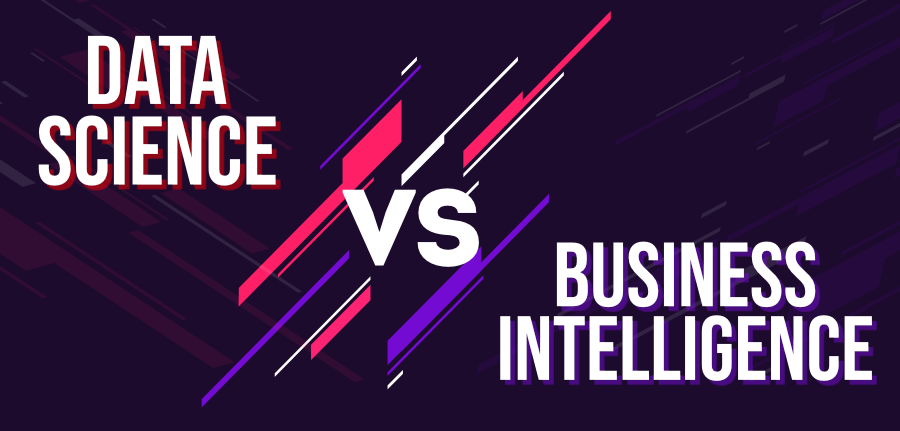Difference Between Data Science and Business Intelligence
Last Updated :
30 Sep, 2022
SufficientData Science: Data science is basically a field in which information and knowledge are extracted from the data by using various scientific methods, algorithms, and processes. It can thus be defined as a combination of various mathematical tools, algorithms, statistics, and machine learning techniques which are thus used to find the hidden patterns and insights from the data which help in the decision-making process. Data science deals with both structured as well as unstructured data. It is related to both data mining and big data. Data science involves studying the historic trends and thus using its conclusions to redefine present trends and also predict future trends. Technologies
Business Intelligence: Business intelligence(BI) is a set of technologies, applications, and processes that are used by enterprises for business data analysis. It is used for the conversion of raw data into meaningful information which is thus used for business decision-making and profitable actions. It deals with the analysis of structured and sometimes unstructured data which paves the way for new and profitable business opportunities. It supports decision-making based on facts rather than assumption-based decision-making. Thus it has a direct impact on the business decisions of an enterprise. Business intelligence tools enhance the chances of an enterprise to enter a new market as well as help in studying the impact of marketing efforts.

Below is a table of differences between Data Science and Business Intelligence:
| S. No. |
Factor |
Data Science |
Business Intelligence |
| 1. |
Concept |
It is a field that uses mathematics, statistics and various other tools to discover the hidden patterns in the data. |
It is basically a set of technologies, applications and processes that are used by the enterprises for business data analysis. |
| 2. |
Focus |
It focuses on the future. |
It focuses on the past and present. |
| 3. |
Data |
It deals with both structured as well as unstructured data. |
It mainly deals only with structured data. |
| 4. |
Flexibility |
Data science is much more flexible as data sources can be added as per requirement. |
It is less flexible as in case of business intelligence data sources need to be pre-planned. |
| 5. |
Method |
It makes use of the scientific method. |
It makes use of the analytic method. |
| 6. |
Complexity |
It has a higher complexity in comparison to business intelligence. |
It is much simpler when compared to data science. |
| 7. |
Expertise |
It’s expertise is data scientist. |
It’s expertise is the business user. |
| 8. |
Questions |
It deals with the questions of what will happen and what if. |
It deals with the question of what happened. |
| 9. |
Storage |
The data to be used is disseminated in real-time clusters. |
Data warehouse is utilized to hold data. |
| 10. |
Integration of data |
The ELT (Extract-Load-Transform) process is generally used for the integration of data for data science applications. |
The ETL (Extract-Transform-Load) process is generally used for the integration of data for business intelligence applications. |
| 11. |
Tools |
It’s tools are SAS, BigML, MATLAB, Excel, etc. |
It’s tools are InsightSquared Sales Analytics, Klipfolio, ThoughtSpot, Cyfe, TIBCO Spotfire, etc. |
| 12. |
Usage |
Companies can harness their potential by anticipating the future scenario using data science in order to reduce risk and increase income. |
Business Intelligence helps in performing root cause analysis on a failure or to understand the current status. |
| 13. |
Business Value |
Greater business value is achieved with data science in comparison to business intelligence as it anticipates future events. |
Business Intelligence has lesser business value as the extraction process of business value carries out statically by plotting charts and KPIs (Key Performance Indicator). |
| 14. |
Handling data sets |
The technologies such as Hadoop are available and others are evolving for handling understandingItsItsarge data sets. |
The sufficient tools and technologies are not available for handling large data sets. |
Share your thoughts in the comments
Please Login to comment...